Liverpool marks World War Two's 'worst civilian' bombing
- Published
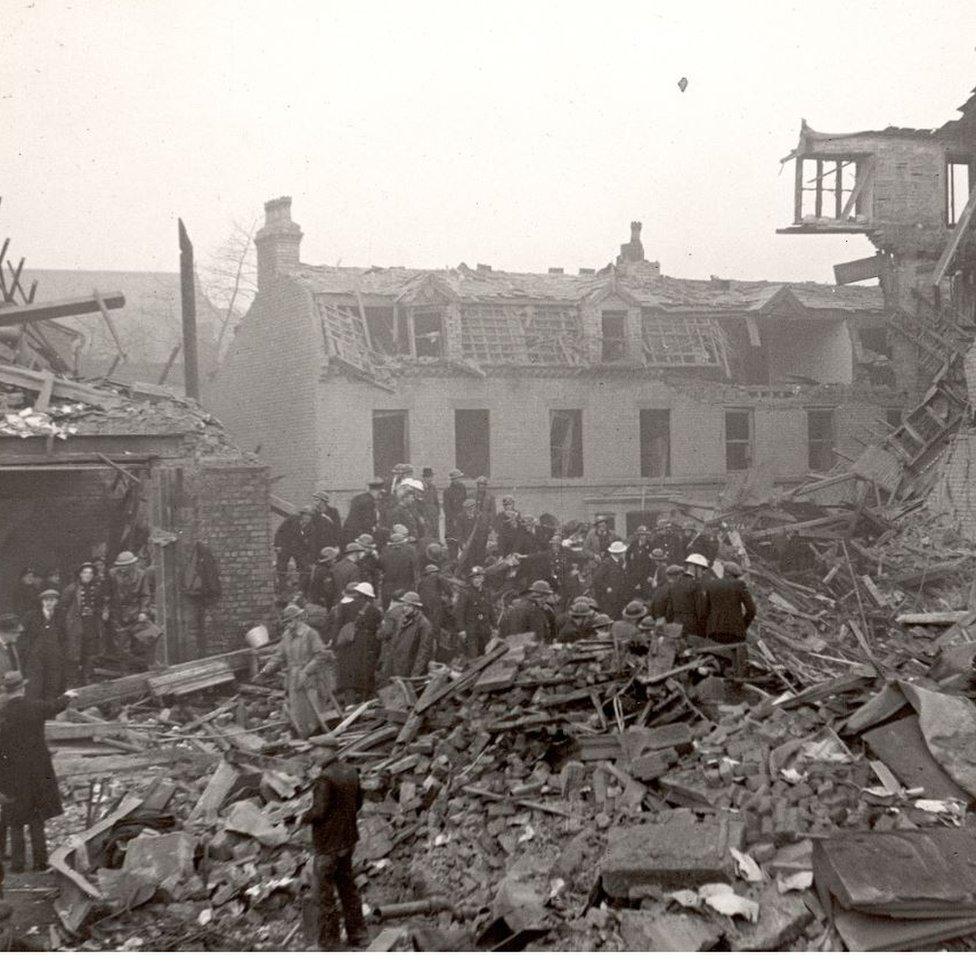
One hundred and sixty-six people were killed in the bombing
The 166 victims of World War Two's "worst civilian" bombing in the UK have been honoured.
A service recalled those who died when the building above their air raid shelter in Liverpool took a direct hit by a parachute mine.
Those who remember the tragedy at Ernest Brown Junior Instructional College, external spoke at the service.
Prime Minister Winston Churchill described the tragedy as "the single worst civilian incident of the war."
The service took place at All Saints Church, Edge Hill.
The disaster took place on 29 November 1940, a night when Liverpool endured nearly eight hours of bombing, which left 2,000 people homeless in neighbouring Picton area.
The bomb struck the college in Durning Road, but the bombers had been aiming for the nearby Edge Hill railway station and sidings.

Durning Road disaster 1940
An estimated 300 people were sheltering in the basement of the three-storey Ernest Brown Junior Instructional College when it was struck in the early hours.
Among those sheltering were workers from nearby factories and passengers who had left trams during the air raid, in addition to local residents.
The bombed building crumpled into the shelter with the college furnaces exploding and people scalded by boiling water and steam.
Burst gas pipes were set alight while above the basement fire raged amidst the bombed out building.
Wardens, firemen and volunteers worked tirelessly to recover survivors and it two days to pull the bodies out from the shelter.
Finally, with the fear of disease rampant, body parts that had not been recovered were covered with lime and the basement was sealed.
Source: National Museums Liverpool/Liverpool Blitz 70

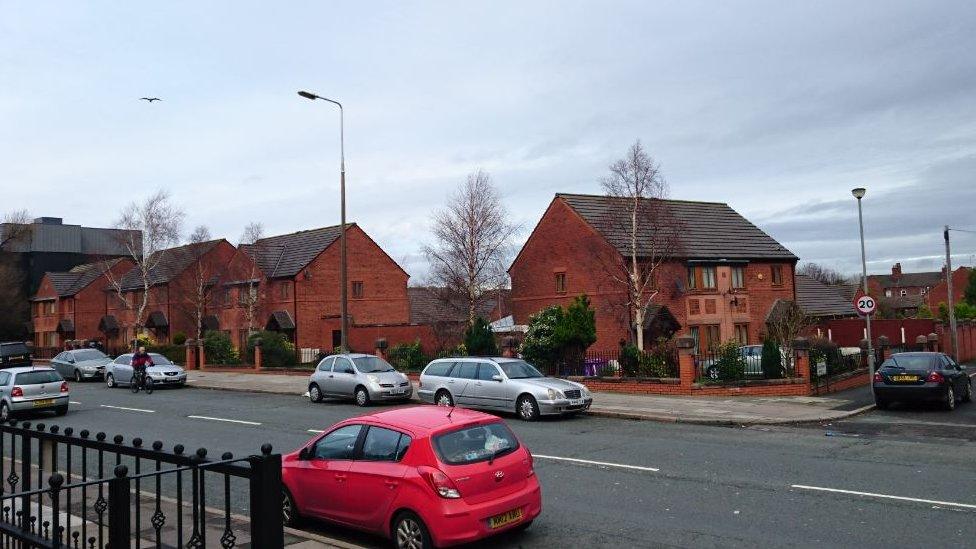
The former college is now a housing estate
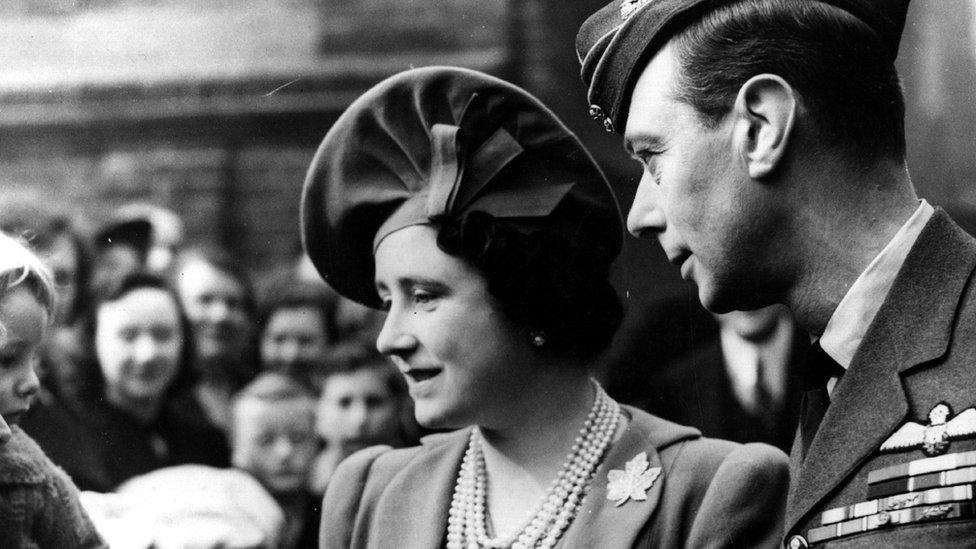
The Queen Mother sent a message to a memorial service in 2001
Councillor Tim Beaumont said: "Many people in the area will not be aware of what happened which is why it is important to have these commemorations.
"This will probably be the last memorial service (the previous one was five years ago) when there are people who were eye witnesses."
The victims were named on plaque, which was first put up in the former St Cyprian's Church of England church, but is now in Kensington Primary School and attracts regular visitors.

'Whooping cough saved my life'
Joe Lucas's story
Joe Lucas was just four years old at the time of the raid.
He had been due to spend the night in the shelter alongside his brothers and sisters, but was kept away due to a bout of whooping cough.
In a radio interview, he said he was lucky to survive the bombing which claimed the lives of brothers Frankie, nine, and Georgie, 11, and sisters, Winifred, seven, and Florence, 17.

Houses and bungalows were built over the site of the bombing, with a letter sent on 28 November 2001 by the Queen Mother forming the centrepiece of a small memorial garden in Old College Place, which was named after the building.
The Queen Mother met survivors and local people soon after the tragedy.
In a message to a memorial service in 2001 in Liverpool she wrote that she "remembered so well" the "courage and fortitude" of the families of the men, women and children killed in the bombing.
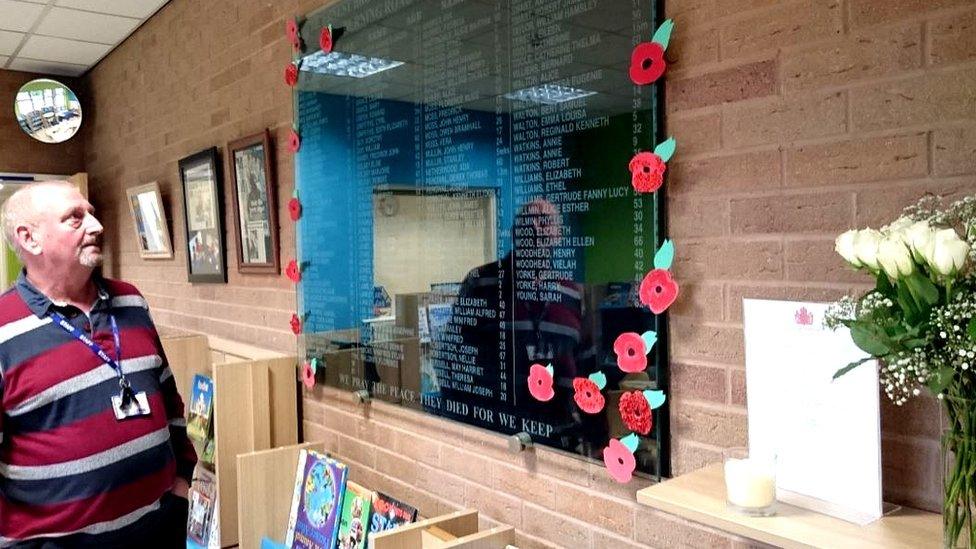
The memorial to the victims is now in a local school
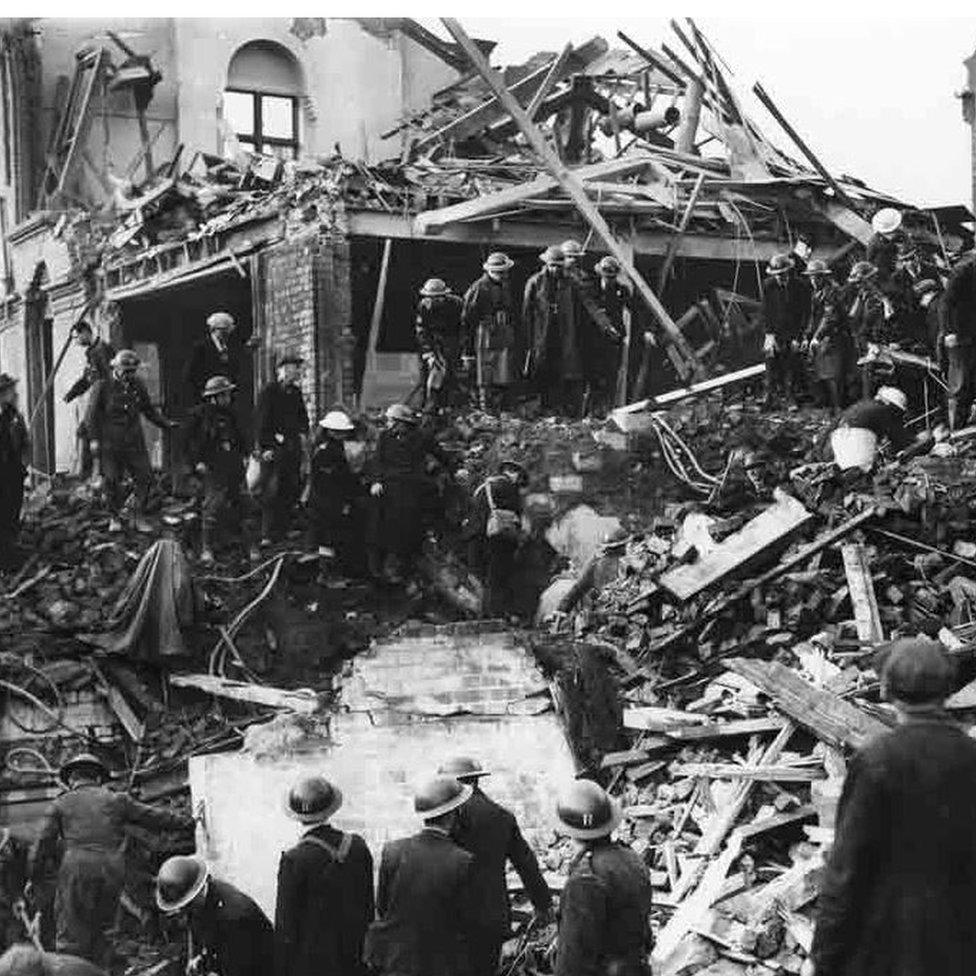
- Published29 November 2010